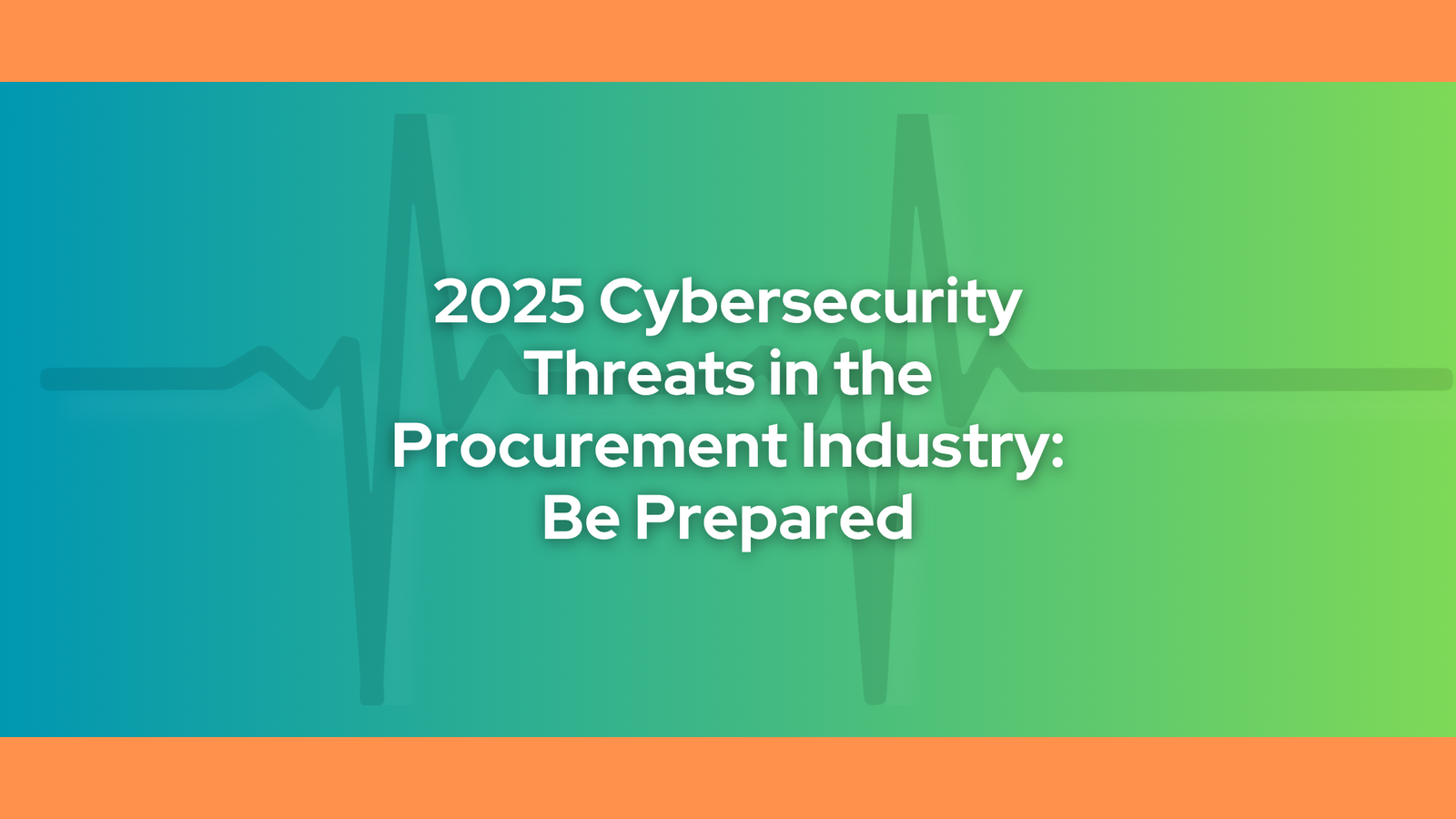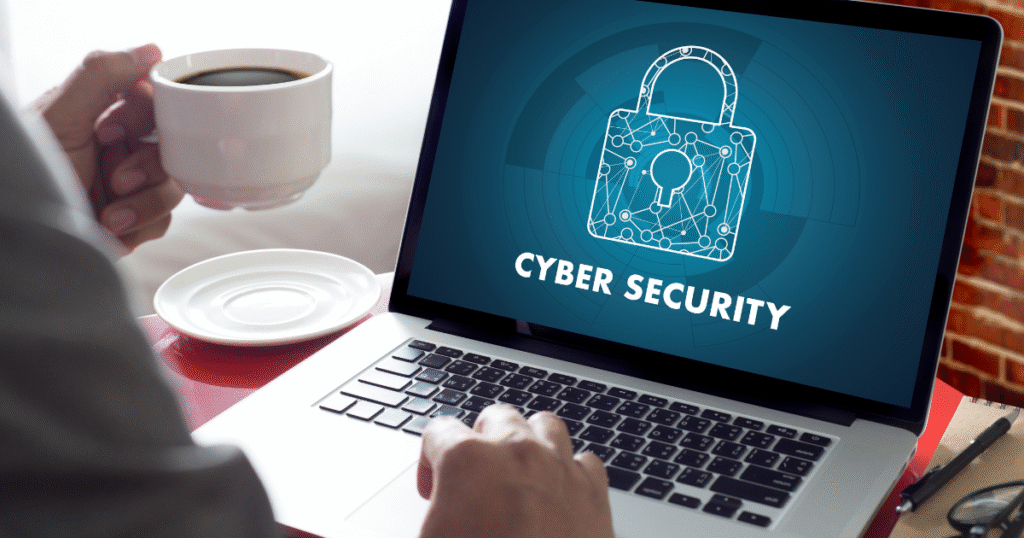
As the digital world accelerates and updates in the blink of an eye, cyber risks evolve just as quickly. From malware attacks like viruses and social engineering attacks like phishing to supply chain attacks, cybersecurity threats in the procurement industry are more dangerous than ever.
Understanding these risks and knowing how to counter them is essential for decision-makers and procurement professionals who want to preserve operational continuity, supplier trust, and data integrity. They must also adopt a more proactive cybersecurity posture to ensure the resilience of supply chains and the security of sensitive information.

According to an article from Statista, over the following years, it is anticipated that the cost of cybercrime will increase significantly, from $9.22 trillion in 2024 to $13.82 trillion in 2028. This is a significant loss, as many people are becoming more dependent on digital technology for their businesses, work, and even personal information.
For instance, the World Economic Forum reported that ransomware hit Japan’s Port of Nagoya in 2023, significantly impacting the transport industry. A ransomware attack is a type of threat where the hacker restricts or withholds computer access while demanding a ransom. The attack caused a two-day halt in operations, affecting 10% of Japan’s total trade, the fourth-largest economy in the world.
For procurement professionals, it is important to take cybersecurity threats seriously, as procurement platforms today are filled with sensitive data. Sensitive information such as pricing, supplier information, contract terms, and compliance records makes procurement platforms a sitting duck for these cybersleuths. Add to that the businesses’ and organizations’ growing dependency on technology-reliant services, making them vulnerable to accelerating cyberexploitation.

Procurement experts must treat cybersecurity threats in the procurement industry as more than just an IT-related issue. They must see it as a shared responsibility while playing a proactive role in defense and resilience. Here are some steps to strengthen your cybersecurity posture: